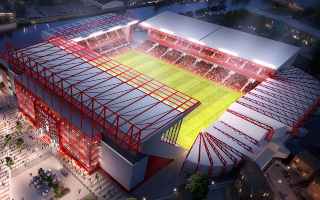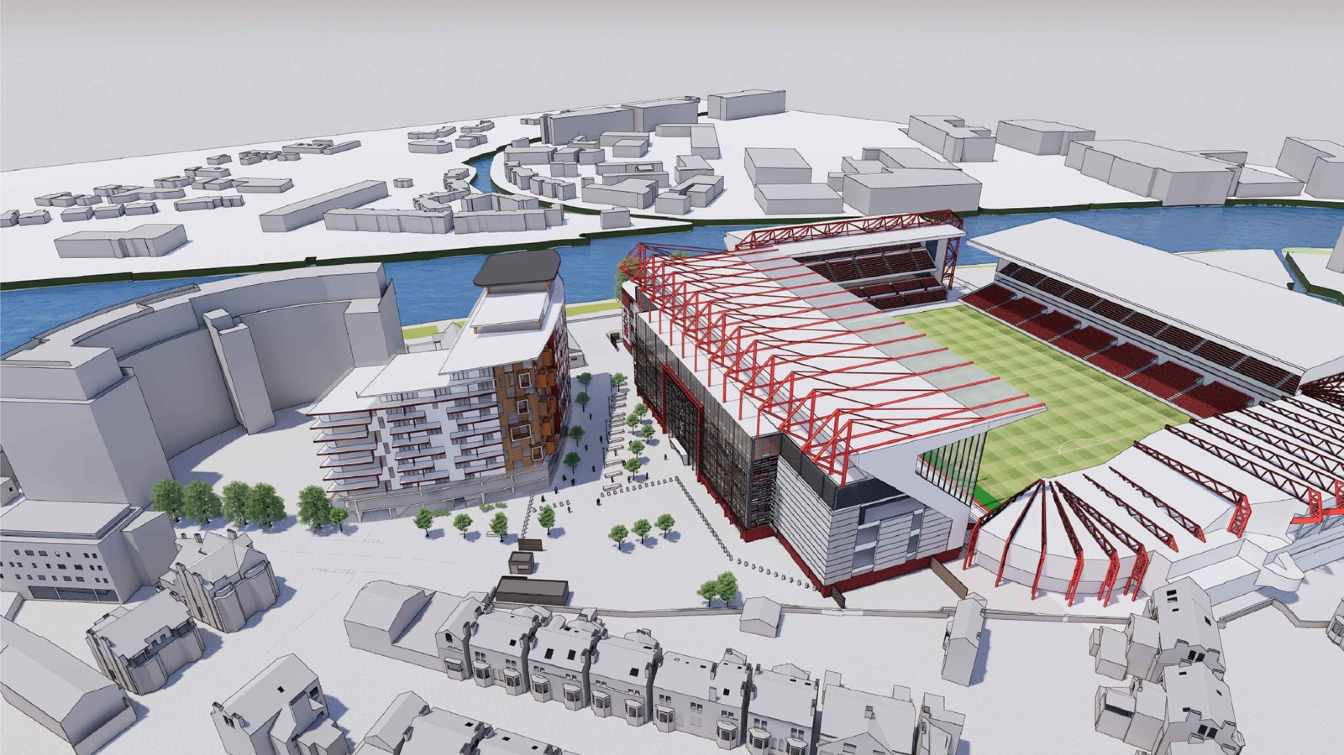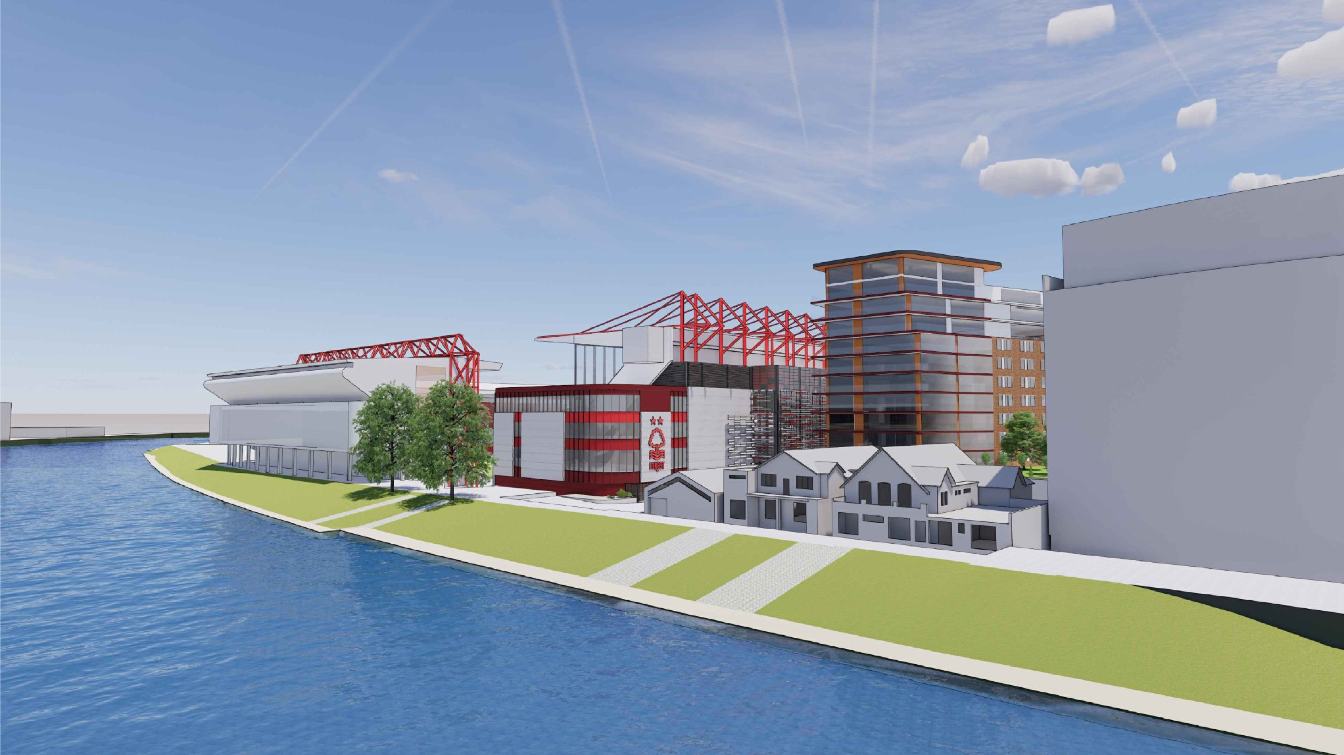England: City Ground redevelopment plans face key obstacles
source: StadiumDB.com; author: Jakub Ducki
 Nottingham Forest is a club that is currently experiencing a period of growth and optimism. The long-announced redevelopment of the City Ground seems increasingly realistic. However, the road to modernisation is full of challenges.
Nottingham Forest is a club that is currently experiencing a period of growth and optimism. The long-announced redevelopment of the City Ground seems increasingly realistic. However, the road to modernisation is full of challenges.
Advertisement
Complex road to redevelopment
For years, Nottingham Forest fans have been hearing about plans to modernise City Ground, especially the ageing Peter Taylor Stand. However, the process has not been smooth – bureaucracy, environmental issues and financial issues have significantly delayed progress.
The project Riverside Stand in Fulham faced similar challenges, where delays were caused by the protection of an endangered snail species. In the case of Nottingham Forest, the discovery of a bat roost near the Peter Taylor Stand proved to be a key problem. The conservationists carried out extensive research and although no permanent habitat was found, additional procedures caused further delays.
In addition, the club had to wade through numerous expert opinions, such as flood risk assessments, traffic impact reports, archaeological analyses and studies on the growth of Japanese knotweed. The Rushcliffe District Council received as many as 1,875 planning documents and 2,565 public comments. After years of delays, however, there was real hope that work would soon begin.
 © Benoy, Nottingham Forest | Design of City Ground
© Benoy, Nottingham Forest | Design of City Ground
Rising investment costs
The original cost of the City Ground modernisation was estimated at £80 million in 2019. The project budget has now risen to £130 million, putting the club in a difficult financial position. One element of the plan was to build 169 apartments, the sale of which was intended to help finance the modernisation. However, a report by Savills showed that the increase in construction costs far exceeded the expected sales revenue, making the project unprofitable.
Despite this, the club's owner, Evangelos Marinakis, has pledged to cover a significant portion of the costs. According to documents submitted to the council, the project will be loss-making and will require financial support from the owner. In addition, Forest will allocate £1.2 million to compensate the Britannia Boat Club and more than £1.5 million to develop local infrastructure, including cycle paths, bus services and pedestrian crossings.
 © Benoy, Nottingham Forest | Design of City Ground
© Benoy, Nottingham Forest | Design of City Ground
When will work start?
The most pressing question remains: when will the redevelopment begin? Although the club has not officially announced an exact date, internal documents point to the summer of 2026. In a recent planning application, Forest included a proposal for a temporary lift for the Peter Taylor Stand, emphasising that it would only be needed until the end of the 2025/26 season.
However, before construction can begin, the club must finalise a Section 106 agreement with local authorities, formalising the club's commitments to community and infrastructure compensation. A final decision on this is expected in the spring of this year.
Club data suggests that ticket demand can support a 42,000-capacity stadium or even larger, meaning that future expansion phases are possible. Increased interest in the team and the prospect of competing in European cups could accelerate these plans.
Advertisement

 StadiumDB
StadiumDB